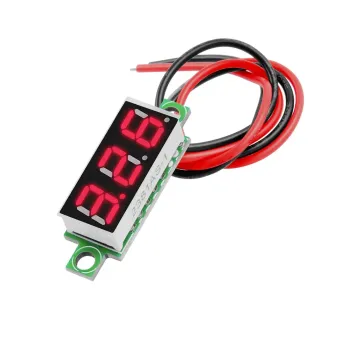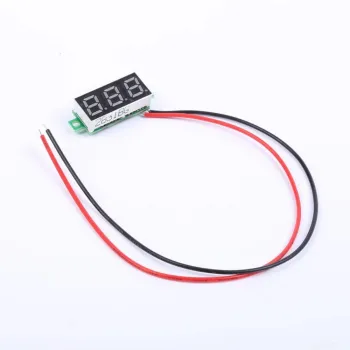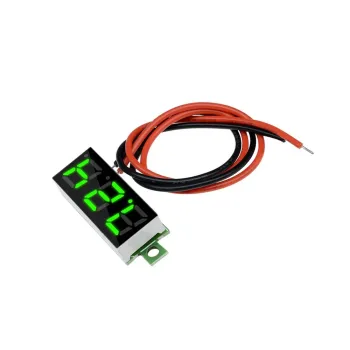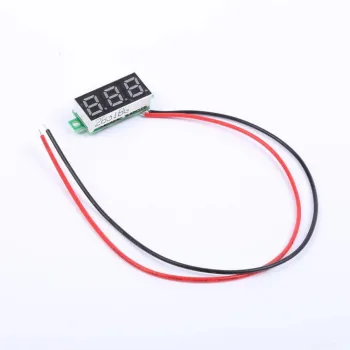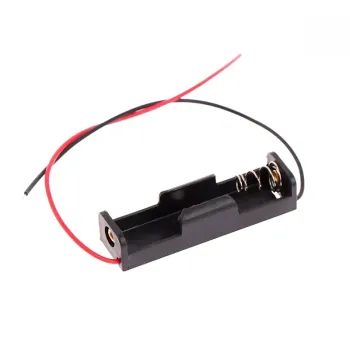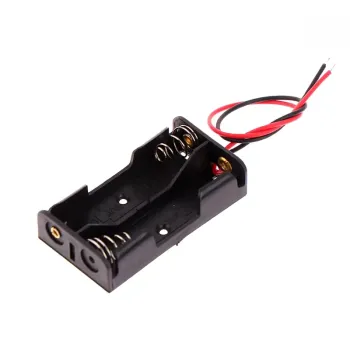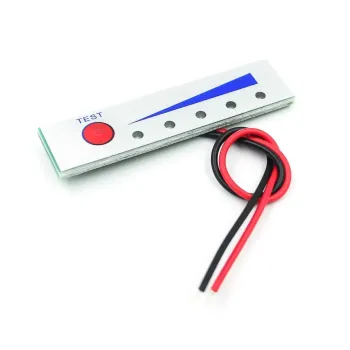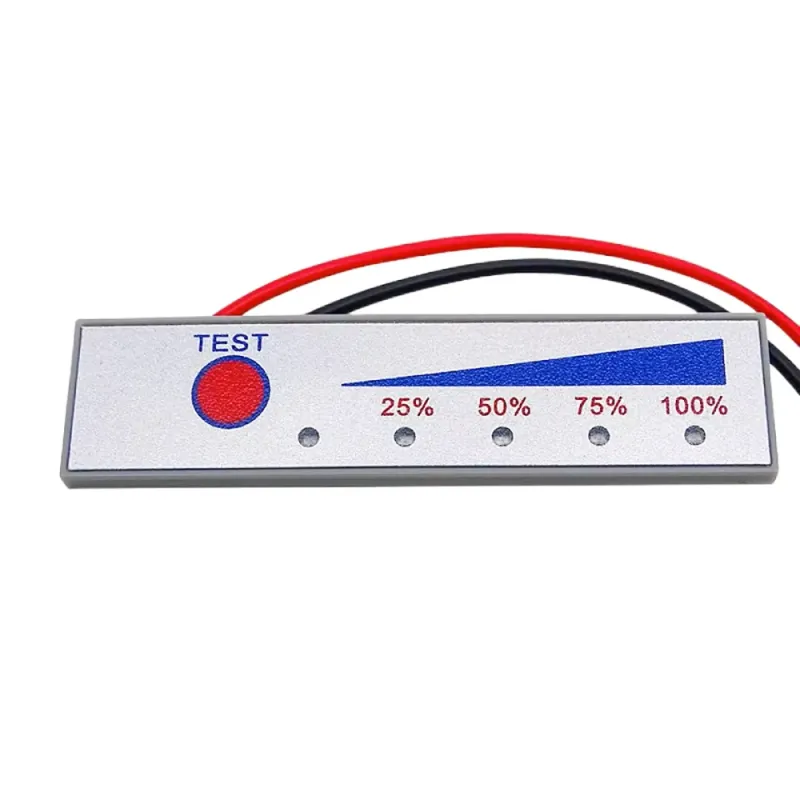
Placă Indicatoare Capacitate Baterie Litiu 2S
13,94RON
Fără TVA: 13,94RON
- Stoc: În Stoc
- Model: T681.LBLIT2S
Comenzile dvs. plasate până la ora 16:30 în zilele lucrătoare sunt expediate în aceeași zi.
Placă indicatoare a capacității bateriei litiu 2S – Modul de afișare a nivelului de tensiune Li-ion / Li-po cu stare LED
🔋 Monitorizare baterie în timp real:Acest dispozitiv compact și ușor de utilizatPlacă indicatoare a capacității bateriei cu litiuoferă o reprezentare vizuală intuitivă, bazată pe LED-uri, a nivelului bateriei pentruCelule Li-ion / Li-po de la 1S la 4SIndiferent dacă utilizați baterii cu una sau mai multe celule, acest modul vă ajută să evaluați rapid nivelul de încărcare rămas dintr-o privire.
⚙️ Caracteristici cheie
- 🔧Compatibilitate largă:Suportă baterii litiu 1S, 2S, 3S, 4S (Li-ion / Li-po)
- 📊Afișaj LED:1 LED roșu și 4 LED-uri albastre (sau verzi) indică clar nivelurile de încărcare
- 🛠️Suport multi-tensiune:Compatibil și cu baterii plumb-acid de 12V, 24V, 36V și 48V sau cu configurații litiu-fier fosfat
- ⚡Indicarea tensiunii în timp real:Luminile se aprind în funcție de pragurile de tensiune ale bateriei
- 🎯Precizie:Marjă de eroare de detectare a tensiunii ~2%
- 🔌Conectați și utilizați:Conexiune simplă cu două fire; nu necesită programare
💡 Logică de afișare a tensiunii
Pentru fiecare celulă suportată (N), LED-urile răspund la intervalele de tensiune după cum urmează:
- 🔴Primul LED (roșu):Mereu pornit pentru indicarea alimentării
- 🔷Al doilea LED:Se aprinde când tensiunea > N × 3,3 V
- 🔷Al treilea LED:Se aprinde când tensiunea > N × 3,5 V
- 🔷Al 4-lea LED:Se aprinde când tensiunea > N × 3,7 V
- 🔷Al 5-lea LED:Se aprinde când tensiunea > N × 3,9 V
Compatibilitate cu baterii cu plumb și LiFePO4
- 🔹Baterii de 12V:LED-urile se aprind la >11,0 V, >11,3 V, >11,6 V, >12,9 V
- 🔹Baterii de 24V:LED-urile se aprind la >22,5V, >24,0V, >25,2V, >26,4V
- 🔹Baterii de 36V:LED-urile se aprind la >33,5V, >35,2V, >37,0V, >38,7V
- 🔹Baterii de 48V:LED-urile se aprind la >44,8 V, >47,0 V, >49,0 V, >52,0 V
📦 Aplicații
- 🔋 Proiecte cu baterii și electronice DIY
- 🚴 Biciclete electrice, trotinete și modele RC
- 🔦 Baterii externe portabile și sisteme de stocare solară
- 🔧 Robotică și sisteme integrate
Nota:Acest produs este conceput pentru indicarea generală a tensiunii și are un interval de toleranță de ~2%. Nu este recomandat pentru diagnosticarea precisă a bateriilor.

